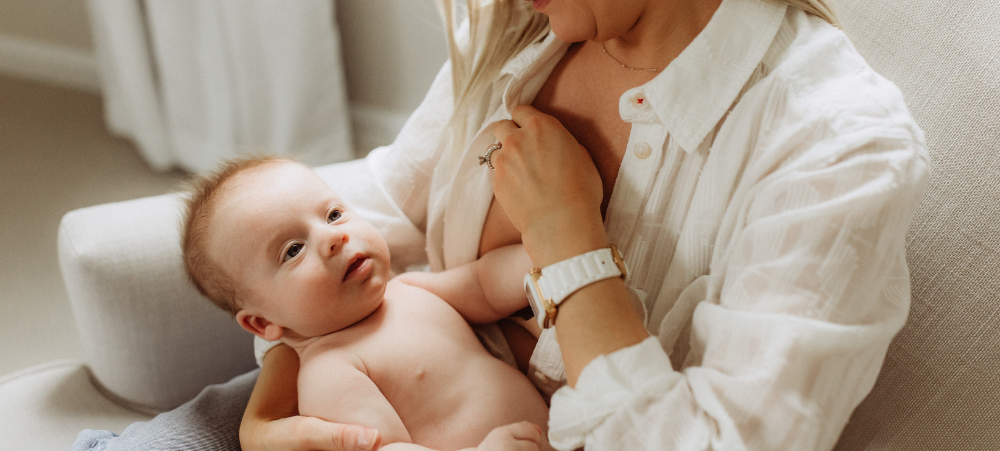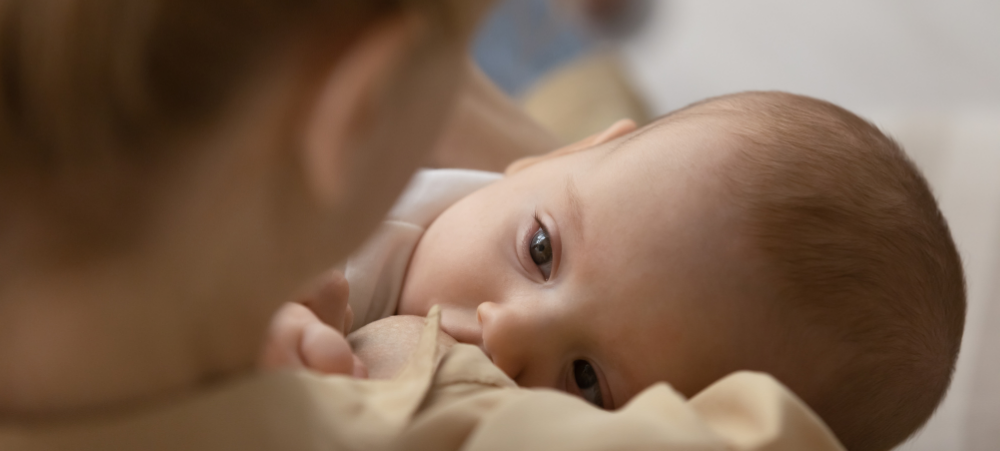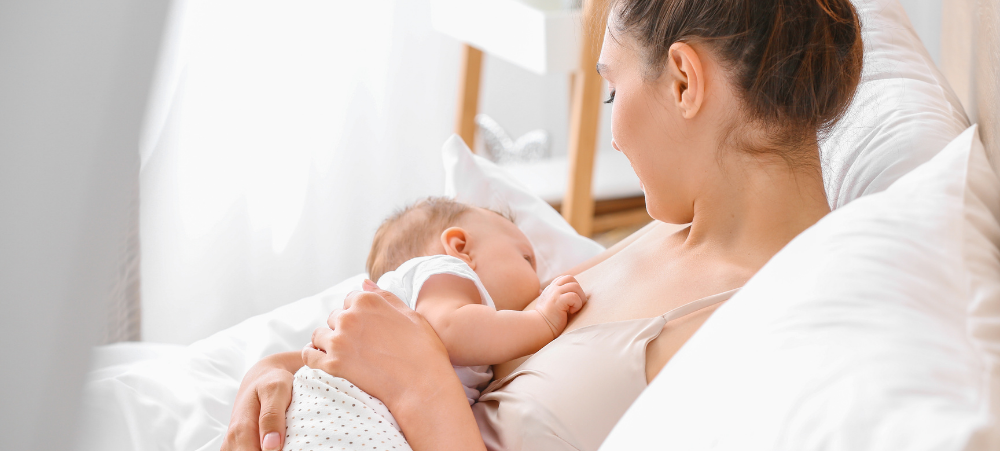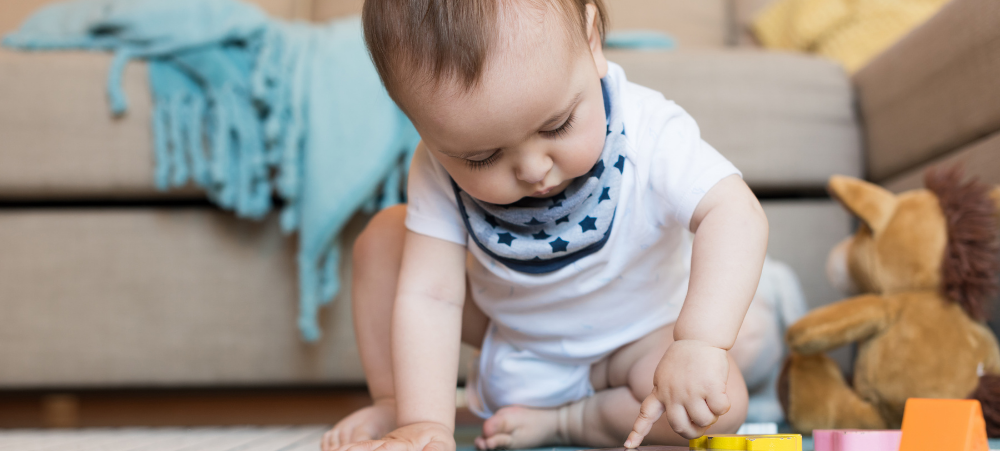
Must-have products for new moms
The arrival of a new baby – especially your first baby – is a monumental time in every parent’s life. And while it’s a time filled with joy and excitement, it can also be nerve-wracking, especially as you begin to navigate a new routine and new responsibilities. While a woman is pregnant, she’s likely to see countless lists of must-have essentials for a baby’s first weeks and months. While many of these items do come in handy, the reality is that you’ll likely need far fewer products than what’s commonly recommended. If you stock up on good-quality basics, chances are you’ll need very little else. That said, there’s more to the basics than just getting the job done – first-time moms will appreciate that some products are specifically designed to make caring for their baby more comfortable and more practical. Here’s a round-up of the real must-have products you’ll need for yourself, and your baby, in those first weeks, months, and beyond. Skin-saviour Everyone loves a multi-tasking product, and the versatile Sudocrem Skin and Baby Care Cream (60g from R68.99) has been a trusted ally of moms for over 90 years. Sudocrem is clinically proven to soothe and protect your baby’s delicate skin and works in three simple ways: First, it contains an emollient that soothes sore skin, second, its cooling properties help ease pain and irritation, and finally, its water-repellent base forms a protective barrier, helping to stop any irritants coming into contact with the skin. This multi-tasker can be used to effectively treat and heal nappy rash, cuts and grazes, minor burns, acne, eczema, and more. Gentle yet effective on baby, mom, and kids’ skin, this is a must-have for the whole family. Breast Pump For moms who choose to bottle-feed with breastmilk, a good quality breast pump is vital. For moms who are able, and choose to, breastfeed, a breast pump offers a multitude of benefits, such as the ability for family and friends to feed baby and for mom to take on work and other responsibilities whilst knowing that her baby can still enjoy the health benefits of breastmilk even when she is away. Medela’s breast pumps are trusted across the globe for covering all the potential needs of breastfeeding moms. Known for high quality, durable breast pumps that are easy and practical to use, Medela recently launched two new electric breast pumps: The Medela Swing Maxi Double Electric Breast Pump (R5999.99) is a compact and easy-to-use double electric breast pump with improved mobility to fit seamlessly into your lifestyle. Key features include: 2-Phase Expression™ technology mimics your baby’s natural sucking rhythm. Improved mobility: built-in rechargeable battery for up to 6 pumping sessions on one full charge. Faster charging with USB type C port, compared to micro-USB port. Easy to use: 4-button intuitive interface and 9 pre-programmed settings. Easy to assemble and clean thanks to fewer parts. Noticeably quieter compared to the previous generation, only 45 dB at the Maximum Vacuum Level. Closed system prevents breast milk from entering the tubing. The Medela Solo Single Electric Breast Pump (R4099.99) is a compact, effective and easy-to-use single electric breast pump with a rechargeable built-in battery, 2-phase Expression technology, and PersonalFit Flex breast shield. Key features include: Easy to use: 4-button intuitive interface and 9 pre-programmed settings. Easy to assemble and clean thanks to fewer parts. Lightweight and compact design. Improved mobility: built-in rechargeable battery for up to 6 pumping sessions on one full charge. Faster charging with USB type C port, compared to micro-USB port. 2-Phase Expression technology mimics your baby’s natural sucking rhythm. Noticeably quieter compared to the previous generation, with less than 45 dB at the Maximum Expression Level. A closed system prevents breast milk from entering the tubing. Breastfeeding accessories In addition to a good breast pump, there are a handful of breastfeeding accessories that’ll help make the breastfeeding journey a little easier. It’s normal to experience sore and dry nipples, especially when breastfeeding for the first time. Medela Purelan Lanolin Cream (from R119.95) provides fast relief for sore nipples and dry skin. It is 100% natural and safe for the baby, meaning you don’t need to remove it before feeding. Another normal and common occurrence in breastfeeding is leaking. Wearing nursing pads (also known as breast pads) can soak up any excess milk. Medela Ultra-Thin Disposable Nursing Pads (R199.95) are made of a soft, honeycomb non-woven material and feel comfortable against sensitive skin. Each breast pad is individually wrapped, ready to pop into your bag for use wherever you are. Baby struggling to latch? Medela’s Contact Nipple Shields (R319.99) are designed to help mums breastfeed babies with latch-on difficulties by providing a larger, firmer target for latching. They can also be used to help mums with flat, inverted, sore nipples or an overactive let-down to breastfeed. The Contact Nipple Shields are specially designed and constructed to provide close contact for the baby. Once breastmilk has been pumped, it needs to be stored safely and hygienically. Medela Breast Milk Storage Bags (from R219,99) are convenient, easy to use, and hygienic. Constructed from durable, double-layer material with a built-in double zipper seal, they keep your breast milk safely stored in the fridge or freezer, until you need it. And lastly, if you’re a breast-pumping mommy, you’ll need bottles that complement your breastfeeding journey. Medela bottles are shatterproof and available in two different sizes: 150ml in packs of three and 250ml in packs of two. They can be used with all Medela breast pumps and the Calma teat, making it easy to pump, store and feed using the same container.

































